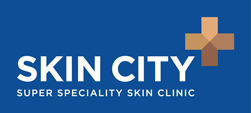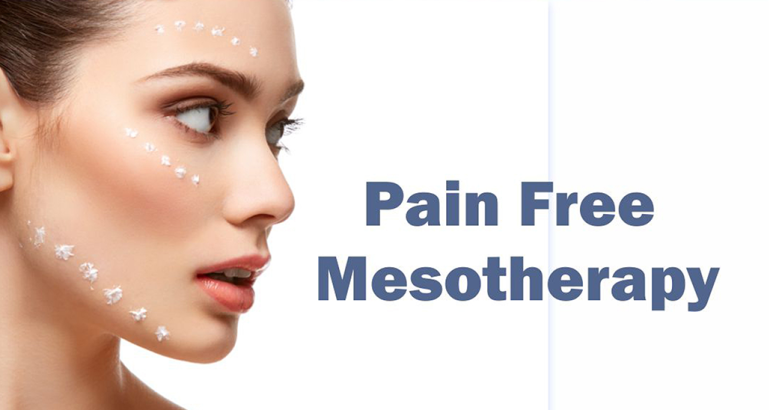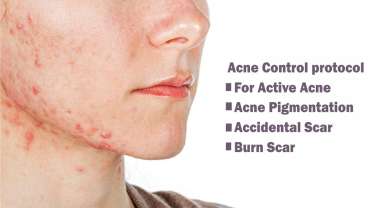Acne Scar Protocol
Why carry scars of the acne you had in your teenage years for the rest of your life? Acne scars can be treated effectively giving a smooth appearance to your facial skin.
SkinCity has the world’s most effective Ultrapulse Total FX laser technology for acne scars. The results of the treatment depends on how much downtime one can afford.
Scar Control Express
This involves the world’s most effective acne scar correction elements i.e. Ultra pulse deep FX laser treatment, subcision-collagenesis and scar shouldering. Three sessions of Scar Control Express at an interval of 2-3 months each will give the best possible results in most acne scar patients. However this causes a downtime of 3-5 days after each session and takes four weeks for a color match.
Scar Control Subtle
This protocol aims at achieving acne scar flattening without any downtime. This combines ‘Trans Dermal’ RF collagenesis, subcision collagenesis and Helios II Fractional Q Switch pigment equalization. Six to eight sessions of Scar Control Subtle at monthly intervals gives significant acne scar flattening. Patients can resume their normal work one day after this treatment.
Enerjet volumetric scar remodeling
A new state of the art needleless technology that infuses collagen modifying solutions into the dermis at the speed of a bullet is approved by US FDA. This technology Enerjet JVR has been launched for the first time in India in SkinCity. It gives excellent immediate and long term scar improvement and has NO downtime. This is much quicker more effective and expensive than laser treatments.
Frequently Asked Questions
85% of people get pimples or acne at least once, sometime during their lifetime. Hormonal changes at the time of adolescence are the primary cause. Few people are genetically more prone to get severe acne. Hormones cause the opening of the oil glands to get blocked with dead cells (Black Heads). This causes the oil to accumulate (White heads) P acne bacteria thrive on this oil and multiply to form pus. (Pustules). These pustules burst deep in the skin causing a bigger cyst to form. (Cystic Acne)
Acne or pimples are classified or graded on a scale of 1-4 as per the severity. Grade 1 acne is small hard papules called black heads and white heads while Grade 2 is pus filled comedones and pustules. Grade 3 is mainly pus filled pimples while Grade 4 is nodules and cysts. The higher the grade of acne the greater the chance of Acne scars.
Age related hormonal changes usually cause pimples during adolescence. Diet restriction does not help control these pimples. However exercise and overall weight control have a positive impact on hormones. Acne treatment is divided into two phases, the first phase aims at the control of pimples and pigments. The second phase aims at improving the scars. Acne control involves topical creams (Antibiotic and comedones busters), oral tablets (antibiotic and Vit A derivatives) and external manipulations for removing oil and debris from blocked pores and to reduce oil gland activity this is achieved with comedone extraction, chemical peeling, laser and light treatments. A wise combination of these modalities which give maximum results and minimum side effects is required. Remember that anti acne treatment like topical creams and external manipulations without the oral medication, needs to be continued for a much longer period even after control of acne to prevent the recurrence. The most common mistake acne patients make is to stop the acne creams abruptly.
Acne scars are classified as macular meaning flat with only color change. Another way of classification is its visibility. Are scars visible from a social distance. The third way of classifying is on the basis of whether the scars are stretchable or not. Finally it is classified by looking at its morphology like, whether they are shallow rolling scars, box scars, very deep ice pick scars or thick hypertrophic scars.
Each type of scar requires a different strategy of treatment. So a variety of techniques are to be combined to address multiple scars.
Following are a few techniques used for acne scar revision:
Surgical Techniques
-
-
- Subscision collagenesis
- Scar shouldering
- Punch scar excision and suture
- Punch float
- Punch scar grafting
- Resurfacing/Dermabrasion
- Subdermal and subcutaneous fillers (Autologous Fat and collagen fillers)
-
Laser Technology Techniques
-
-
- Fractional laser resurfacing
- Derma roller Needle and MNRF
- Four tier technique
- Five tier technique
- Enerjet scar remodeling
- miraDry microwave scar modeling
-
Scars are by definition the permanent replacement of damaged skin with collagen. Once a scar is formed it’s always a scar. Treatment can help to match the scar tissue with the surrounding skin but it never recreates original tissue. So prevention is the best strategy for scar management. Treating acne in time will prevent scars from forming. Time and money spent on pimple treatment will save the same on the treatment of scars in the future and will also prevent the trauma of having a scarred face. Early reddish or young scars if treated, can prevent further deep mature scars from forming.
One of the latest methods of treating acne and its pigment is through carbon laser peeling. In this treatment a carbon paste is applied on the face, this oil soluble carbon dissolves the sebum on the skin and inside the oil gland opening. Q-Switch ND YAG laser in quasi long pulse mode is used to heat these carbon particles and fix it to the skin surface. A nano second Q-Switch ND YAG 1064 laser when fired on the skin will blast away the carbon particles along with a few layers of soft oil and dead skin. This will rejuvenate the skin, remove clogs in oil glands, deep cleanse pores and tighten open pores. So this work as a scar lightening, pore tightening and oil control treatment.


